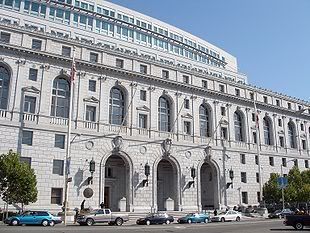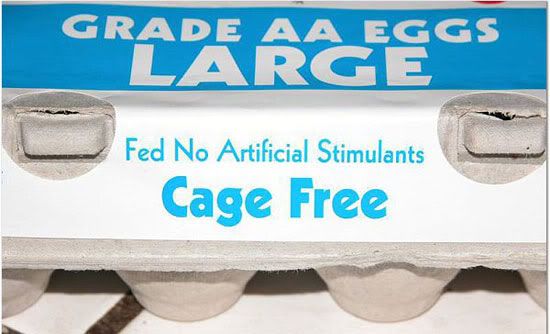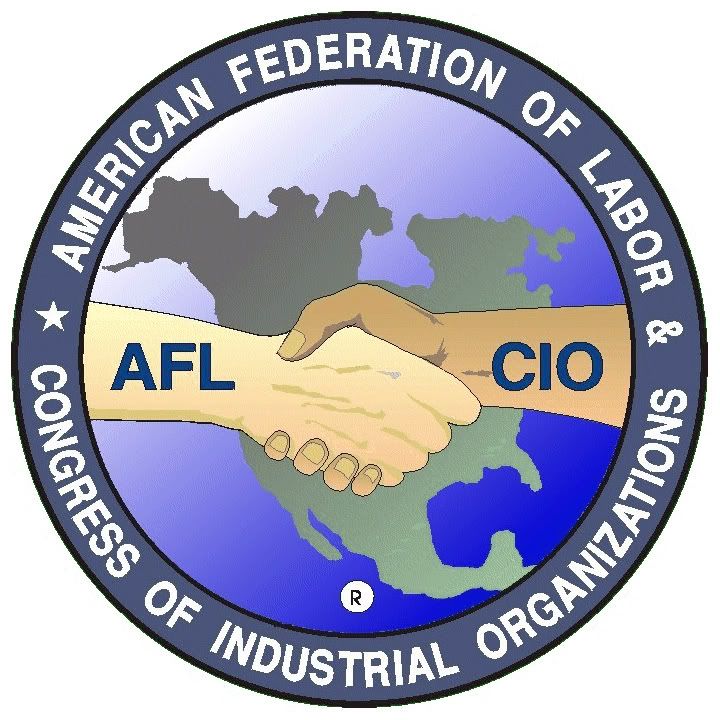This is the last part of a series of posts analyzing California’s propositions:
-
Vote Yes on Proposition 30 – Jerry Brown’s Budget Plan
-
Vote No on Proposition 31 – Changes to State Budgeting
-
Vote No on Proposition 32 – Union-busting
-
VOTE NO ON PROPOSITION 33 – CAR INSURANCE
-
Vote Yes on Proposition 34 – Death Penalty
-
Vote No on Proposition 35 – Human Trafficking
-
Vote No on Proposition 36: Three Strikes Law
-
Vote No on Proposition 37: Genetically Engineered Food
-
Vote No on Proposition 38: Molly Munger’s Tax Initiative
-
Vote No on Proposition 39: Multistate Businesses Taxes
-
Vote Yes on Proposition 40: State Senate Redistricting Referendum
The Basics of the Proposition
This proposition is a referendum on the State Senate districts drawn by California’s citizens redistricting commission. A “Yes” vote on Proposition 40 would indicate approval of the districts as drawn. A “No” vote on Proposition 40 would reject the districts drawn by the commission. The new districts would then be drawn by officials supervised by the California Supreme Court.
It sounds pretty simple, and on the surface there is. But there’s a long, long story behind this proposition. It’s an ugly story, and after reading the story it’ll be very obvious why to vote yes on this proposition.
More below.
The Deeper Story
Back in the days (or more specifically, back before 2008) the state legislature drew California’s legislative and congressional districts. Since these legislators drew the same districts that they would run in, there was obviously a conflict of interest. Legislators would gerrymander the lines of the districts so that they would always get re-elected.
Here’s a typical example of a politician-drawn district:
Here rich Bay Area suburbs are combined with Central Valley farmland to create a convoluted shape that looks somewhat like a strange animal.
Now, in 2008 California voters approved Proposition 11. Instead of having politicians draw the districts that would elect them, they decided to have a California Citizens Redistricting Commission composed of fourteen citizens with no prior political involvement.
Even before the commission was put into place, there was political manipulation involving it. In 2010 two propositions attempted to change the commission. Proposition 20, which voters approved, extended the commission’s power to congressional districts. Proposition 27, which voters rejected, attempted to get rid of the commission.
Eventually, the commission got in place and drew the districts. They can be viewed at this website. It did a generally good job. California, of course, is a complex state. There are cities in it bigger than many states, and it’s the most ethnically complex state in the nation. This means that the Voting Rights Act plays a heavy role in the drawing of districts (a lot of the messiest-looking districts in the website are a consequence of the VRA). So it’s not easy to draw districts in California; you can’t do what Iowa does and just split the state in four squares. But the commission generally did a good job of things – certainly better than the politicians.
Unfortunately (or fortunately) and predictably, some of the politicians weren’t happy with the maps they received. Specifically, they didn’t like the State Senate map. So they pushed for Proposition 40, a referendum on the commission’s efforts. Note that none of the other maps (the California State Assembly map, the California congressional delegation map, the State Board of Equalization map) are being considered in this proposition, because the opponents of the commission liked those maps better. They just didn’t like the State Senate map.
A Bit More Complexity
Now, the story is a tiny bit more complex than this. What the opponents of the commission really wanted had nothing to do with voters accepting or rejecting the State Senate map. The result of Proposition 40 didn’t really matter to them. What they wanted was for the California Supreme Court to make the state use a different set of State Senate maps for this election.
You see, only the odd or even-numbered State Senate districts go up for election each year. What happened is that the commission renumbered the State Senate districts in a way that hurt the opponents of the State Senate map. They then pushed this referendum to ask the California Supreme Court to use a different set of maps for this election. They argued to the court that since Californians were voting on whether or not to approve the State Senate map, it couldn’t be used for this year. Rather, they wanted the California Supreme Court to draw a temporary and different State Senate map for just this year.
So the real purpose of Proposition 40 actually had nothing to do with whether voters approve or reject the State Senate map. Rather, it was a ploy to use a different State Senate map this year, since there was a referendum being held on the map drawn by the commission. If the Supreme Court accepted their request, then the opponents of the commission wouldn’t get screwed by the numbering of the State Senate districts for this year.
The Supreme Court refused their request. The State Senate map drawn by the commission is being used for this election.
The opponents of the commission promptly dropped their push for a rejection of the commission’s map. Since they’d failed in their ploy to get a different State Senate map to be used for this election, there was no point in opposing Proposition 40. They now recommend a yes vote.
The Conclusion: Vote Yes
As the story above shows, those opposing Proposition 40 engaged in disgusting behavior. Fortunately, their ploy failed. Vote yes (in approval of the citizens commission) to send them a message that Californians disapprove of such shenanigans.
–inoljt







